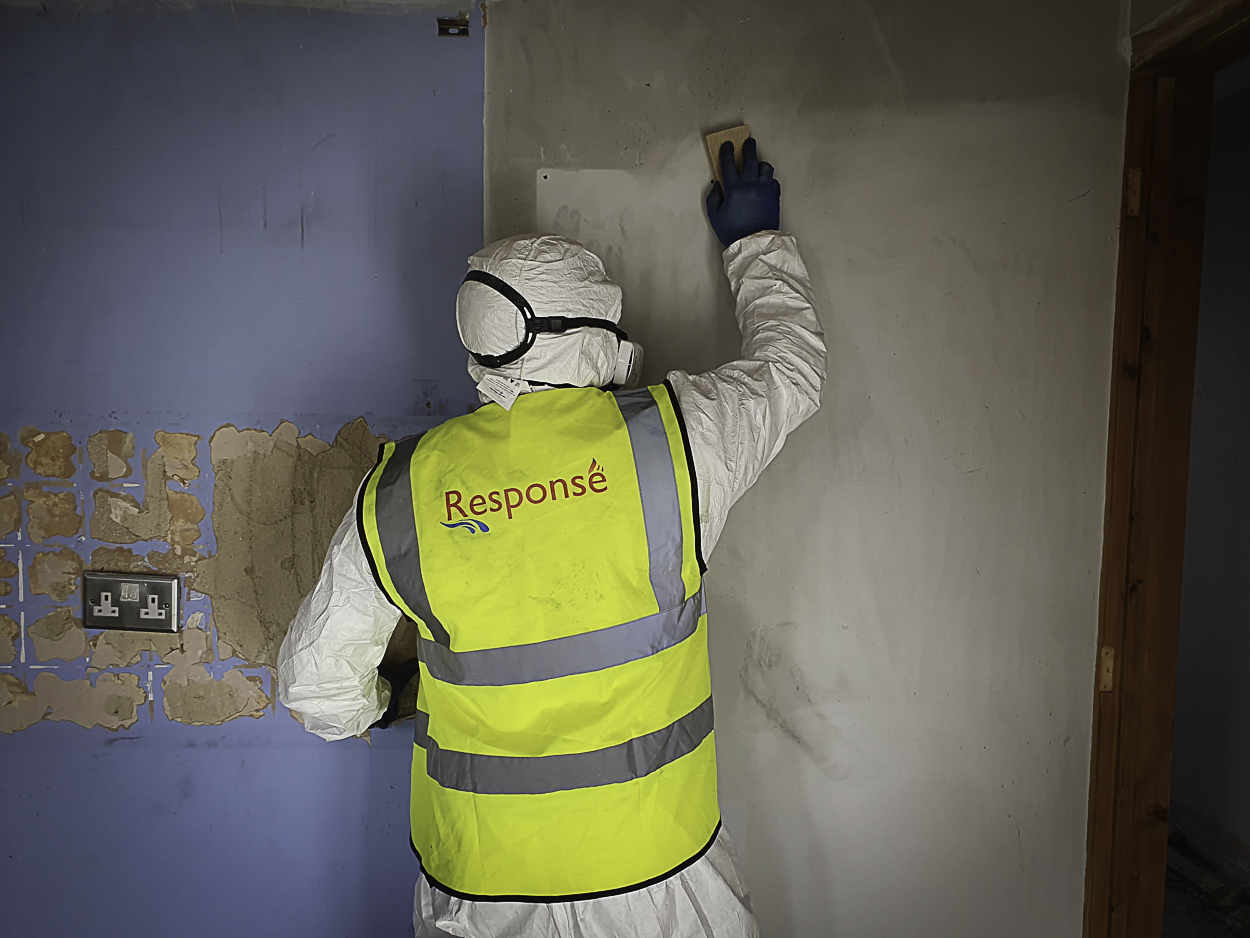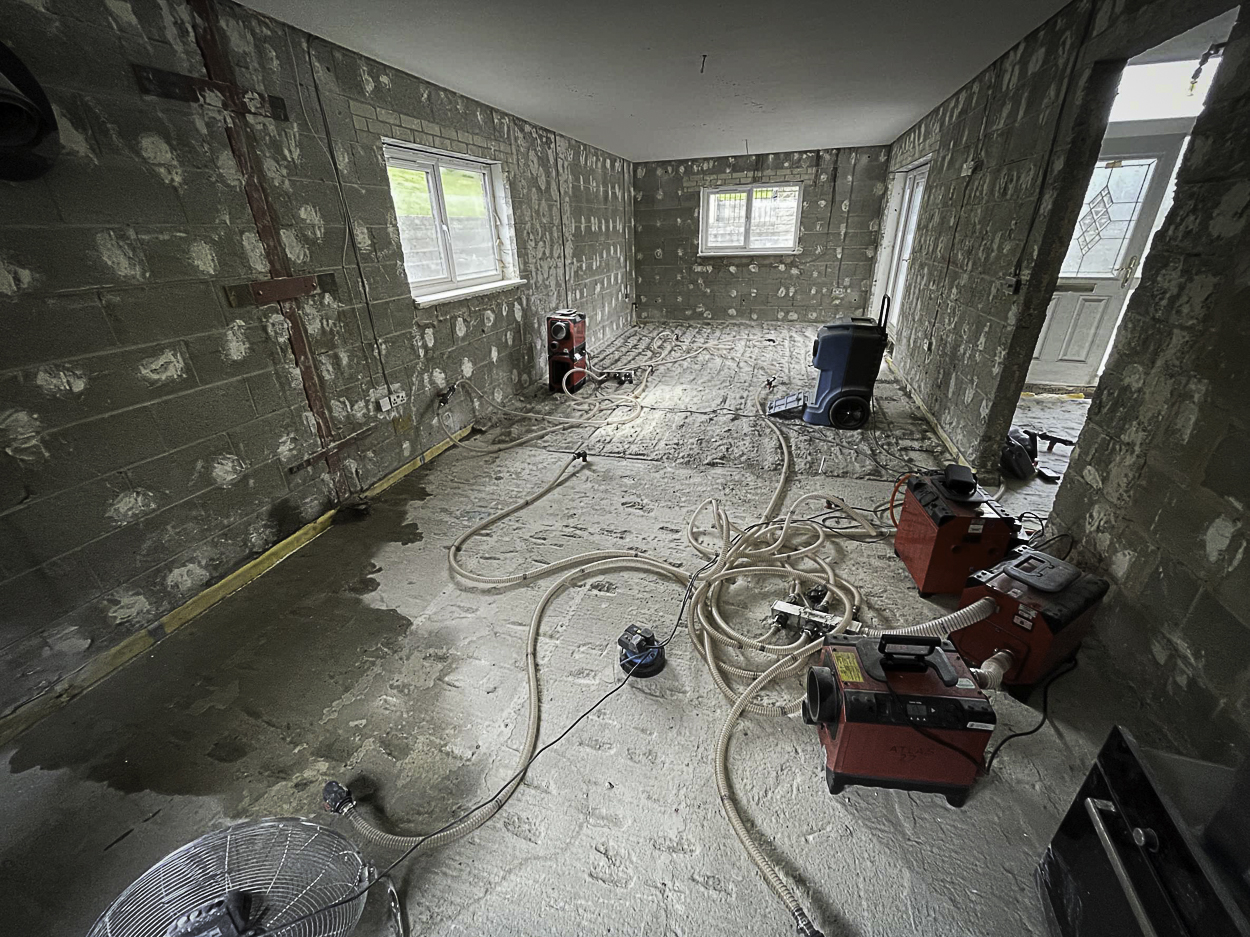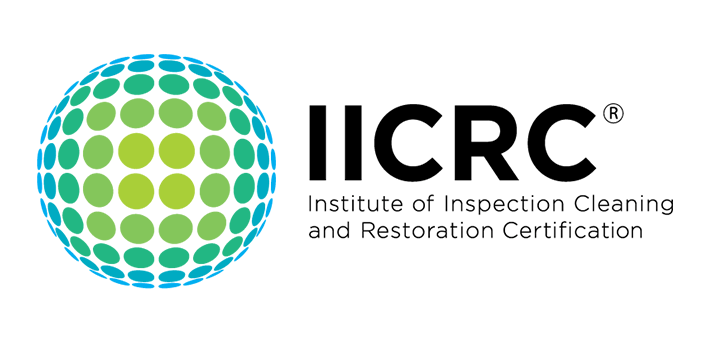Rising Dampness can develop within walls due several factors however this is often because of an ineffective damp proof course or the omission of damp proofing during construction. Rising dampness may be found during a Building Survey, by tests carried out to the base of the walls, however in more severe cases of prolonged dampness, visible damp patches may appear, along with hygroscopic salts of the surfaces. Effective treatment requires removal of the wall plaster to approximately one metre or higher (depending on the salts within the masonry and several other factors) along with the installation of a new damp proof course.
The height of the necessary plastering will be individually specified on your quotation once our surveyor has carried out an inspection of your property.
Moisture ingress into a property through ceilings, floors and walls. This will often be caused by a plumbing failure either internal or external which can cause extensive damage to plaster, timber and wall joints or a failure in a cavity allowing moisture to bridge the gap.
Rising damp is caused from ground water rising by capillary action into structures. All properties should have been built so that the structure is inaccessible to moisture from the ground. When a property becomes damaged and starts to deteriorate there is a risk of moisture from the ground being drawn into the property to then decay internal aspects such as plaster and skirting boards.
According the BDMA, over 20% of homes will be affected by condensation making it the most common form of damp occurring. The cause of condensation is moist air vapour hitting cold surfaces and condensing into water.


Wherever you are situated in the UK we have you covered with our reactive response restoration service. Our dedicated emergency call out service is available day & night 24/7. We have fully trained technicians with all the necessary equipment who are ready to arrive in speed in the event of a disaster to call outs all over the UK.
Get in Contact

